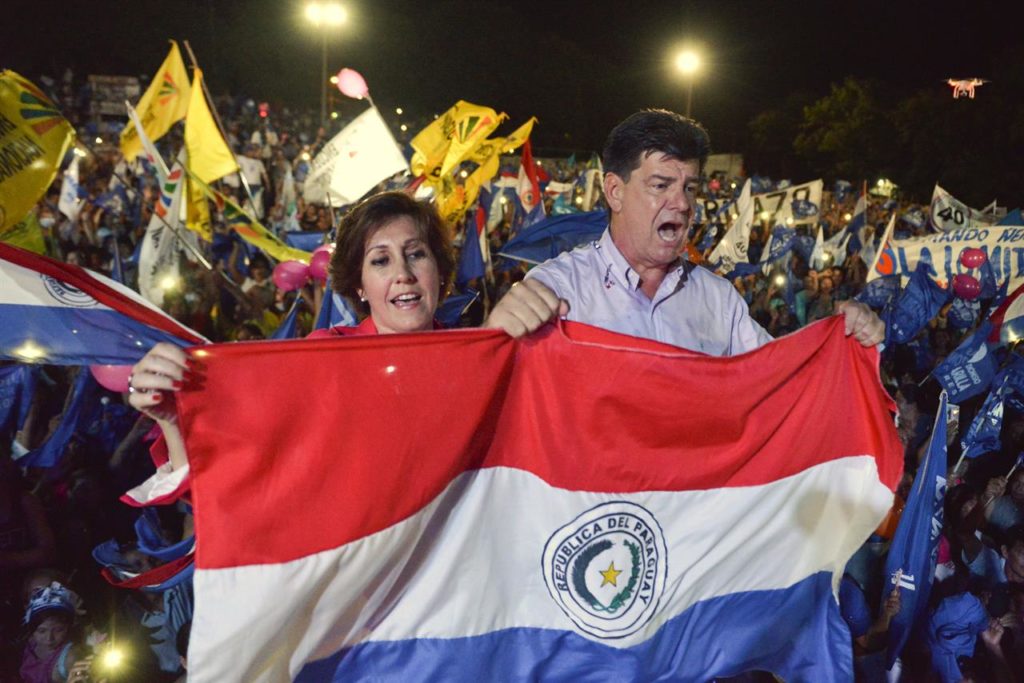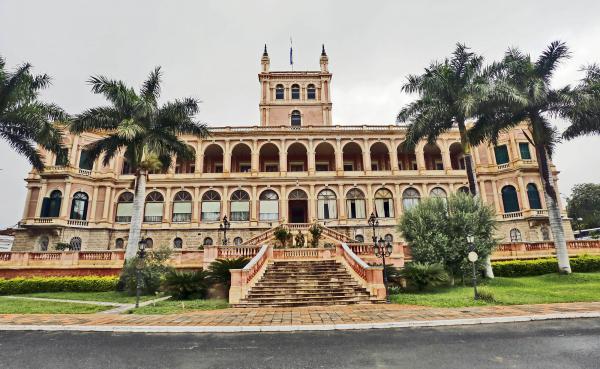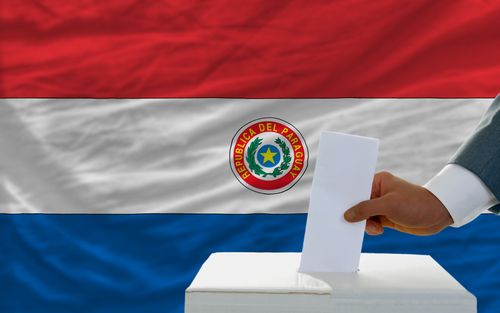The Politics of Paraguay
Any student of Paraguayan history will know that it is a tale of ups and downs, lows and highs, littered with periods of dark uncertainty and political turmoil that have had a lasting effect on the Paraguay of today. Paraguayan independence was officially only won on May 14th and 15th 1811, when a lengthy struggle between Spanish loyalist forces along with the Spanish
Empire and Paraguayan nationalist fighters came to a head. With Napoleon dominating the European scene, the Spanish military was forced to withdraw from the Paraguayan frontier and in the ensuing two centuries a series of events that would eventually lead to the establishment of modern Paraguay and its concomitant political systems was to unfold in grand, dramatic fashion on the South American continent.
The story of Paraguayan politics needs to be pictured in the ever-present and all-permeating shadow of a very real and, often bloody, dialectic between nationalist sentiment and a whole host of other forces; from exterior territorial claims and colonialist revivers, to internal military strife and shadowy power struggles that remain, as ever, something of a mystery to the outsider. It’s under these moulding and influential pressures that a modern, democratic republic with 5-yearly elections and representative parliamentary bodies has emerged, but, it should never be forgotten that the people of Paraguay – themselves the very instrument of today’s state politics – are too products of the same national story.

In 1992 Paraguayan officials drafted the sixth version of the national constitution. The first draft came with independence from Spain in 1811 and was intended to strengthen the military organisation of a country perceived to be vulnerable to reprisal attacks from colonial powers in South America, surrounded as it was by a number of Spain’s other successful conquests and colonies (not to mention Portuguese Brazil to the north).
Subsequent versions of the national constitution ebbed and flowed with the various historical influences of the day, and the dramatic 1940 abandonment of the doctrine of popular sovereignty, that was established with the constitution of 1870, at the hands of José Felix Estigarribia, is worthy of note – if only to indicate the traditional precariousness of the country’s political system as a whole.
In 1992 the Paraguayan government moved to form a constitution that reflected the modernist precepts of a demilitarised and well-regulated state system. Power was divided into three separate branches of government; the executive, the legislature and the judiciary. The first was to be presided over by the head of state; Paraguay’s president and elected first minister. The second became a bicameral system of senate and deputies and was the most important section to change under the 1992 amendments.
Not only was the 140 large congress of Paraguay granted more powers than ever before, but the right to field no-confidence votes and impeachment motions meant that for the first time in the country’s history Paraguay’s presidential office was entirely within the reach of the law and other parliamentary checks. In addition to these increased regulatory measures the office of president was also limited to a maximum of 5 years per term, a move that indicated that Paraguay was ready to follow the lead of a number of European and American democratic models that had traditionally sought to force the hand of democracy in order to avoid the pitfalls of uncontested rule.
Both the office of president and the legislature are elected every 5 years by the people of Paraguay. Houses are elected by proportional representation and Paraguay usually sees a turnout of around 60% or 70% among eligible voters. The most recent elections in 2013 ushered in the once-dominant Colorado Party (who previously governed Paraguay for over 50 years) with Horacio Cartes at its helm. What’s more, the Colorado Party were victorious in all of the legislature elections, giving them complete mandated control over all branches of Paraguayan government, at least until the next general election in 2018.

The Palacio de los López in down town Asuncion is Paraguay’s Westminster, and has become both the symbolic and actual place of work for the country’s president. The building, which dates from the middle of the 19th century, was constructed by one of Paraguay’s former presidents (and the building’s own namesake), Carlos Antonio López, and also serves as the official seat of government in the country.
The Paraguayan political system bears all the scars of a nation emerging from a lengthy and tumultuous period of ups and downs. Paraguay’s own story is one of war and power struggles, one that is not easy, nor simple, and these complexities are reflected in every facet of the country’s political makeup; from the modernist drive towards democratic liberalism, to the determined and proud Paraguayan collective consciousness that presides over the country’s political being.

